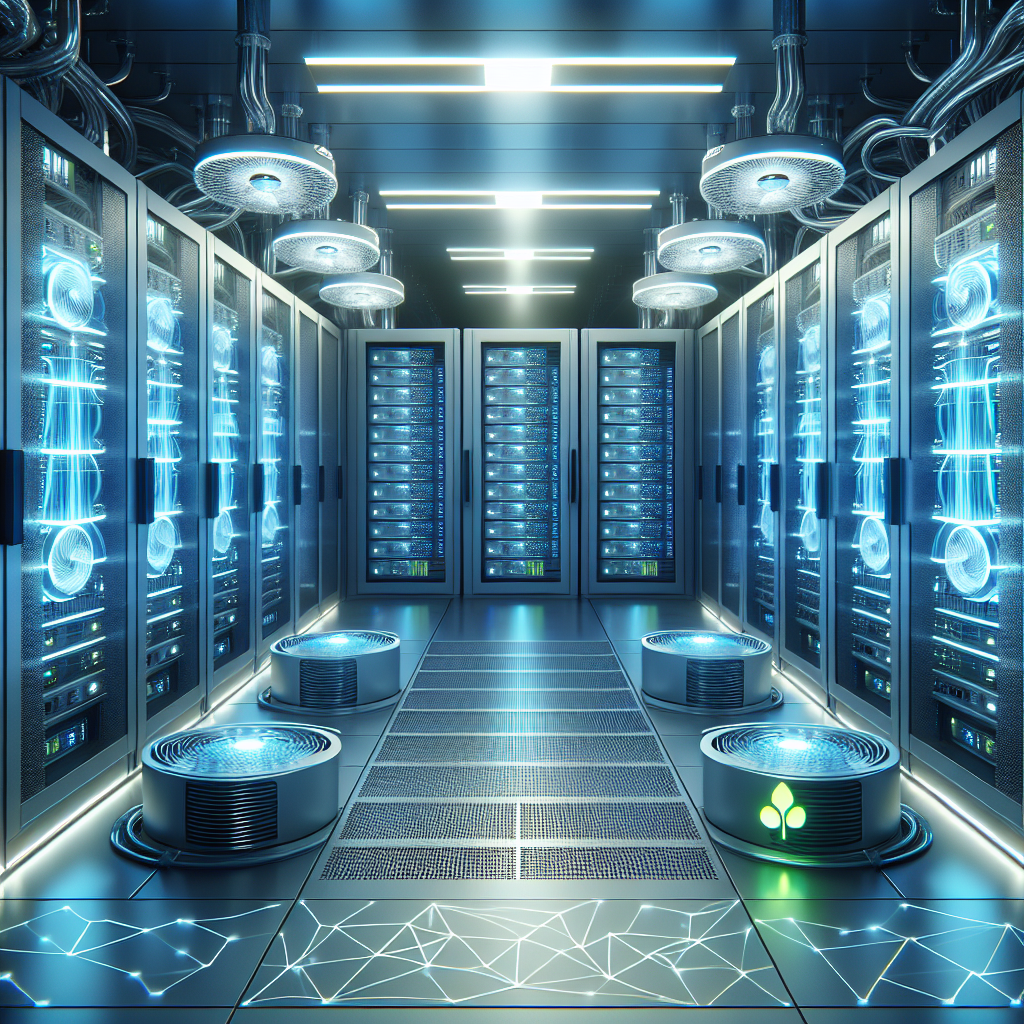Your cart is currently empty!
The Future of Data Center Cooling: Trends and Innovations

In recent years, data centers have become an integral part of modern society, with the increasing reliance on technology and digital data storage. With the rise of cloud computing, big data, and the Internet of Things, the demand for data centers has skyrocketed. However, one of the biggest challenges facing data center operators is how to effectively cool these facilities, as they generate a significant amount of heat.
Traditionally, data centers have relied on air conditioning units to cool the servers and equipment inside. However, this method is not only energy-intensive but also inefficient, as it does not effectively remove the heat generated by the servers. As a result, data center operators are constantly looking for new ways to improve cooling efficiency and reduce energy consumption.
One trend that is gaining traction in the data center cooling industry is the use of liquid cooling systems. Liquid cooling involves circulating a coolant fluid through the servers to absorb heat and then dissipating it through a heat exchanger. This method is much more efficient than air cooling, as liquids have a higher heat capacity and can transfer heat more effectively. Liquid cooling systems also take up less space and can be more easily integrated into existing data center infrastructure.
Another innovation in data center cooling is the use of advanced thermal management techniques, such as hot aisle containment and cold aisle containment. These techniques involve segregating hot and cold air streams to prevent them from mixing, which can help improve cooling efficiency and reduce energy consumption. By controlling airflow and temperature within the data center, operators can optimize cooling performance and reduce the risk of hot spots.
Furthermore, the use of artificial intelligence and machine learning algorithms is revolutionizing data center cooling. These technologies can analyze data from sensors and monitoring systems in real-time to predict cooling demands and adjust cooling systems accordingly. By optimizing cooling performance based on actual data, operators can reduce energy consumption and improve overall efficiency.
Looking ahead, the future of data center cooling is likely to be driven by a combination of innovative technologies and sustainable practices. As the demand for data centers continues to grow, operators will need to find more efficient and environmentally friendly ways to cool their facilities. By embracing trends such as liquid cooling, advanced thermal management techniques, and AI-driven optimization, data center operators can ensure that their facilities remain cool and efficient in the years to come.

Leave a Reply